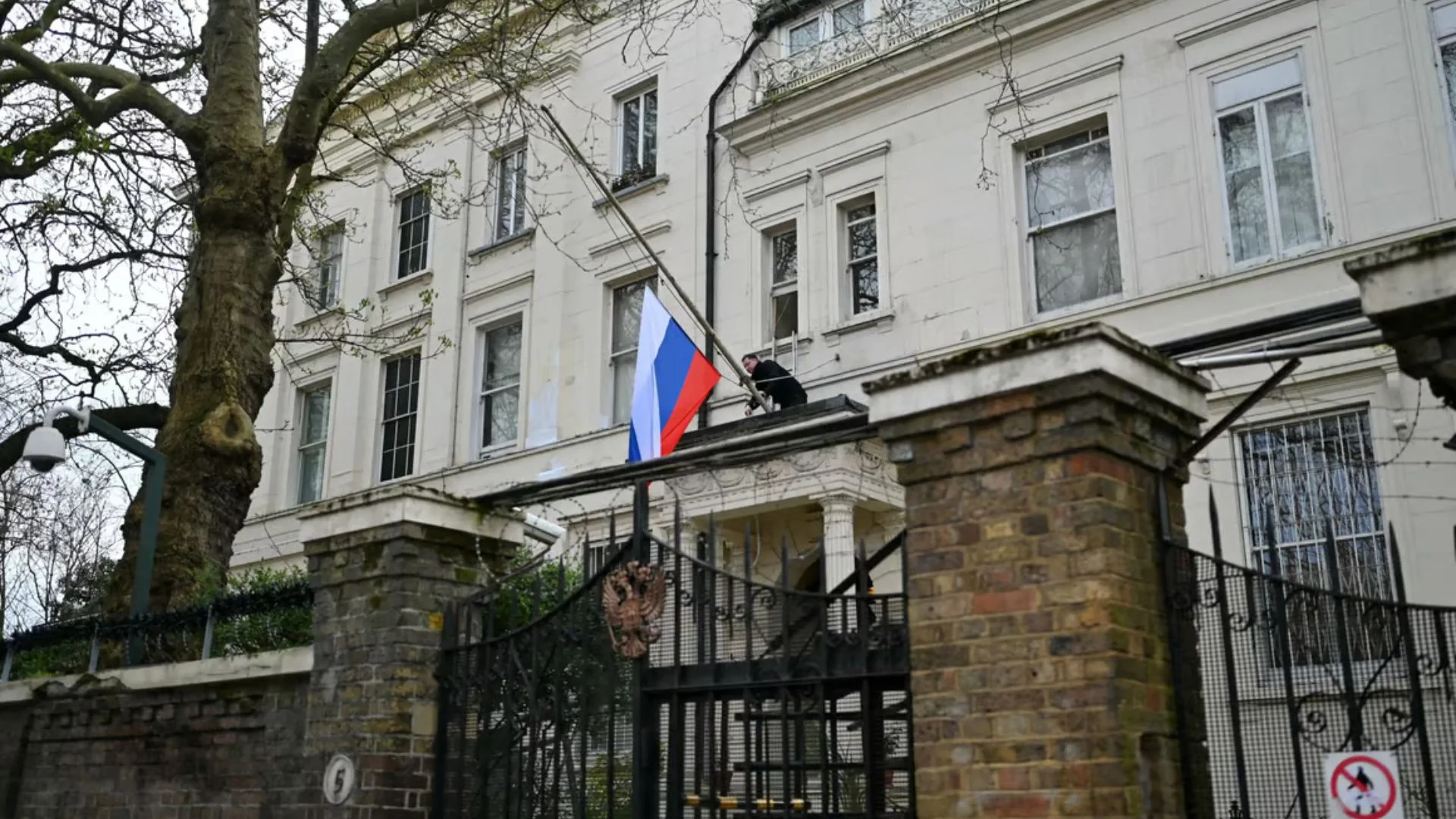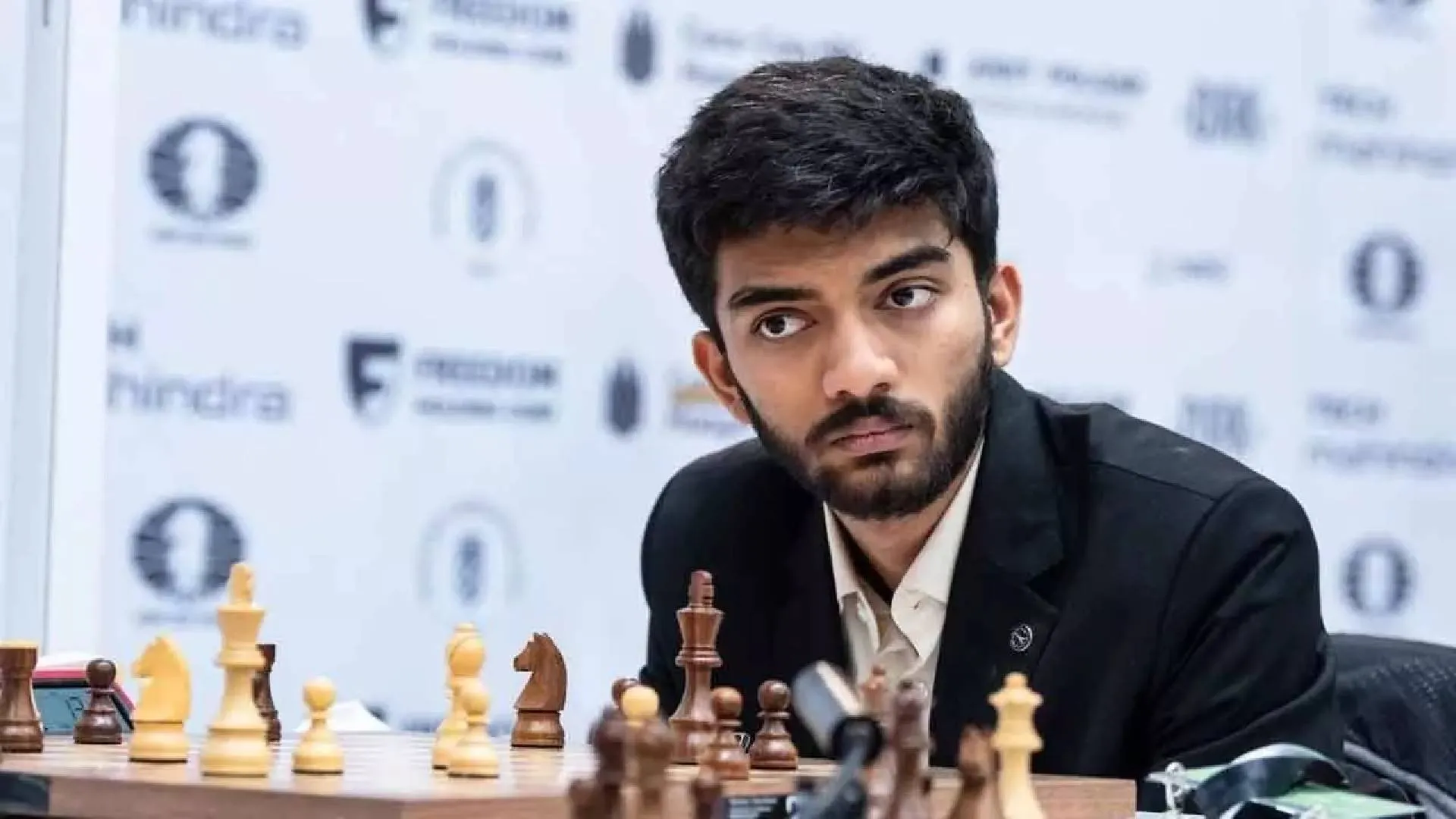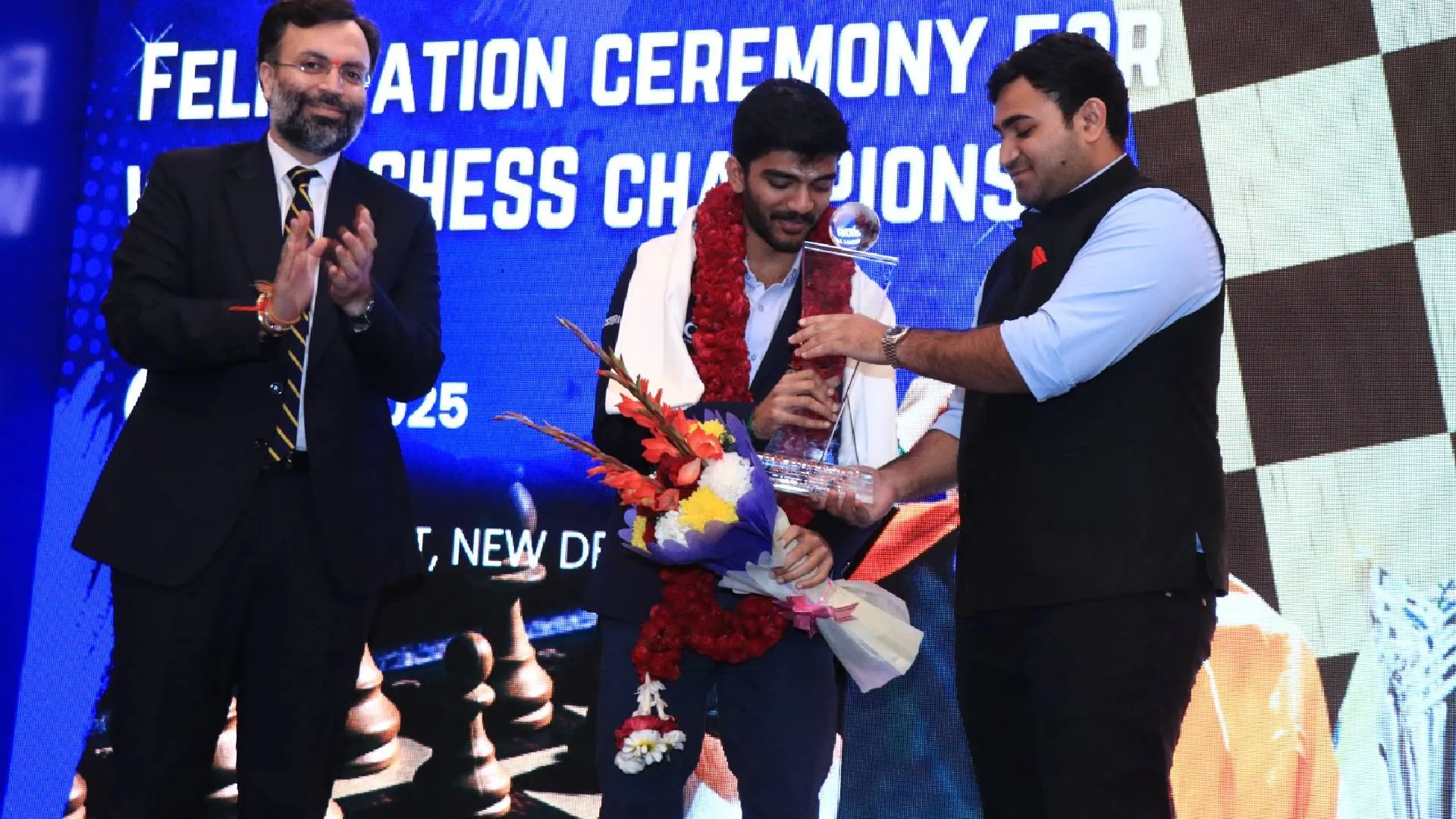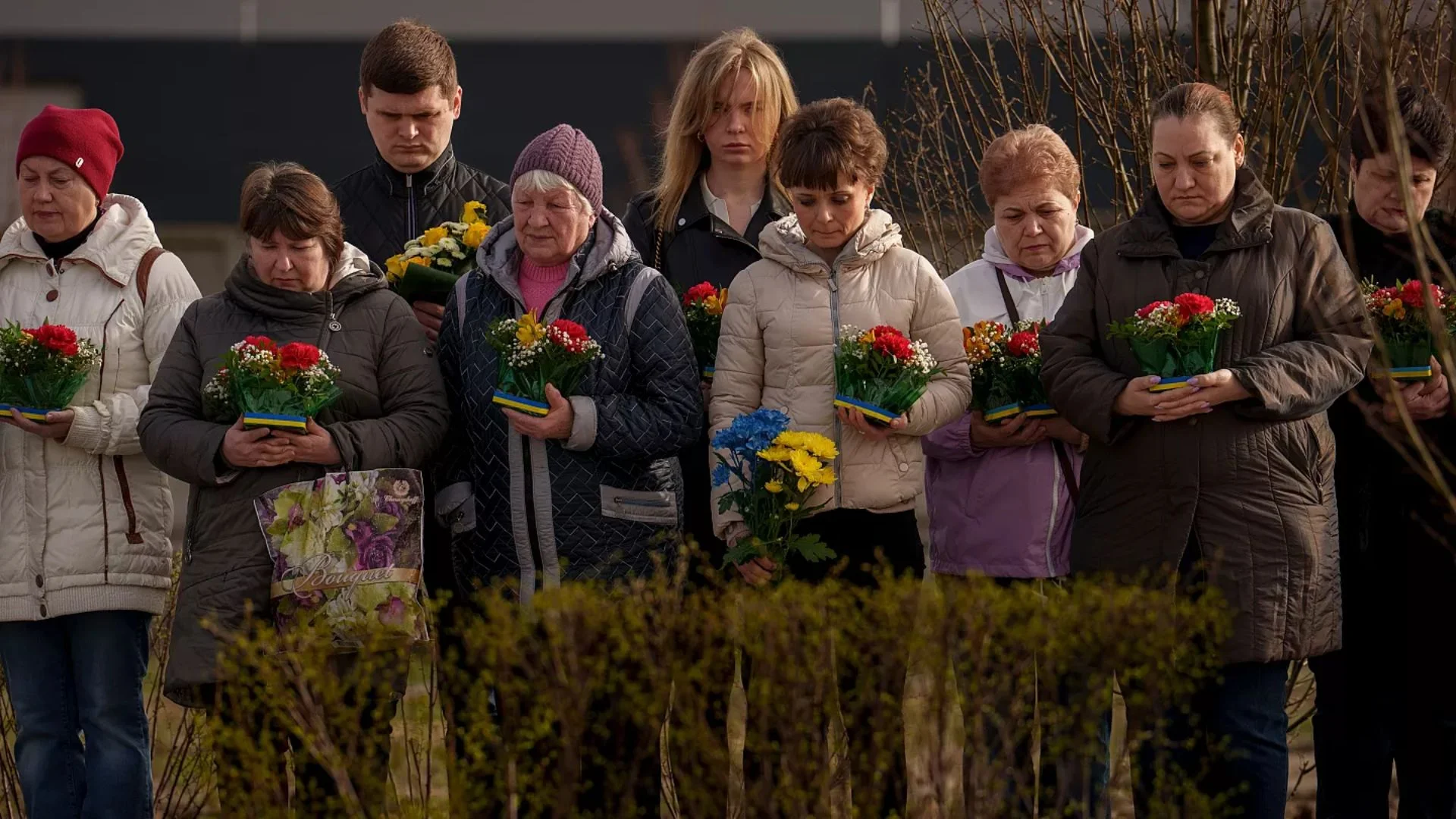Rajasthan phad painting is an artform that narrates tales, legends and folklores with a stroke of brush. It is a form of scroll painting from the Mewar region of Rajasthan, Phad painting depict tales through a story teller called Bhopas (traditional bards), chronicles the stories of local folk heroes and deities (or bhomiya), such as Ramdevji from the Meghwal and Regar castes, Devnarayanji or Devji from the Gujjar community and Pabuji from the Rabari community. Phad painting is believed to have originated in Shahpura in the fourteenth century, where it was practised exclusively by members of the Chhipa caste. This was also the period around which the local folk stories, or veergatha or the stories of bravery and chivalry documented by these scrolls first came into existence.
Phad paintings are traditionally large, ranging from five to thirty-five feet in length. The base of the painting is made of coarse cotton cloth linen or khadi. It has a particular technique that converts it into a canvas for painting.
The style uses a flat perspective and bright colours. Each painting is framed by black and white borders composed of intricate floral patterns, while the edges of the cloth itself are mostly red. Human figures depicted are painted in orange, with jewellery and clothing in red, yellow, blue and green. The bhomiya of the story is placed in the centre of the composition, sometimes with a companion. The veergatha is painted around him, either in part or full, and while this is not necessarily composed linearly, the scenes are usually arranged horizontally and divided into panels with thin borders of vines. The painting is concluded by drawing a pupil in the eye of the central figure: a gesture that symbolically brings it to life.
The bhopa and bhopi traditionally perform through the night: the bhopi uses a lamp to highlight different scenes in the painting and plays a two-string instrument called the ravanhatta, while the bhopa narrates the story. The performance, also called phad baanchna (“reading of the phad”), was historically performed as a religious service and each painted scroll was considered sacred. As per the ritual the painting starts with an arti to the bhomiya central to the Phad painting.
In 1960, notable Phad artisan Shree Lal Joshi founded the Joshi Kala Kunj (now called Chitrashala) in Bhilwara, where people from any community could enrol and learn Phad painting. With time the depiction has also changed. As transformation now the standard scenes such as royal hunts or religion themes are also painted.
While only a few artisans make Phad paintings professionally today, many people follow it as a hobby. The religious performances associated with these scroll paintings, however, are rarely practised now. Recently, other deities from Hinduism, such as Ram and Krishna have also been featured prominently in Phad paintings to gain attention of painters and people who love the art. in a bid to draw in a wider audience. Keeping in mind the commercial aspect the artisans have also scaled the scrolls down to two to six feet in length.
SIGNIFICANCE OF THESE PAINTINGS IN RAJASTHAN
Phad paintings are not only physically stunning; they also play a significant role in Rajasthan’s religious and cultural heritage. These colorful works of art are generally displayed as narrative scrolls while “Phad,” a traditional folk ballad that tells the epic tale of a famous local hero named Pabuji Rathore, is being performed. The scrolls, which may be up to 15 feet long, are unfolded and sung by Bhopas (traditional bards), who aim to both entertain and inform the audience about Rajasthani traditions.
Although Phad art has a long history, it has also developed to meet modern tastes. To make that this unique art form has a better outreach artists are increasingly producing smaller, more approachable works suited for framing. These contemporary renditions of Phad paintings are appearing in homes and galleries all around the world
Rajasthan’s rich cultural legacy and artistic prowess are demonstrated through phad painting. It is a beautiful folk art style that continues to fascinate art aficionados all over the world because of its history, deep meaning, and versatility. To ensure that Phad painting remains a vital component of Rajasthan’s creative environment it is crucial to encourage the gifted painters who uphold this tradition.
Unique features of Phad paintings:
Themes: Phad paintings usually depict episodes from the lives of popular Rajasthani folk heroes, such as Pabuji and Devnarayan. These stories are often based on local folklore and legends.
1. Color Palette: The paintings are characterized by a bold and bright color palette. Traditional natural pigments are often used, giving the paintings a vivid and lively appearance.
2. Linear Narrative: The narrative unfolds sequentially in a linear manner on the scroll. The characters and events are depicted in a series of panels or compartments.
3. Central Theme: The central theme of Phad paintings often revolves around the heroic deeds, battles, and miracles attributed to the folk deities or heroes, conveying a moral or ethical message.
4. Traditional Techniques: The artists, known as Phad painters, follow traditional techniques passed down through generations. They use a combination of brush and vegetable colors on a prepared cloth canvas.
5. Cultural Significance: Phad paintings are not just artistic expressions but also play a role in the cultural and religious traditions of Rajasthan. They are often used as a storytelling device during religious ceremonies, festivals, and other cultural events.
Phad painting is a unique and culturally rich art form that has been preserved and practiced by traditional artists in Rajasthan. Over the years, contemporary adaptations of Phad painting have also emerged, showcasing the adaptability and continued relevance of this traditional art form.
Rajasthan has a rich cultural and historical heritage, and many traditional art forms have been used to depict its stories. Apart from Phad paintings, other forms of traditional art in Rajasthan, like miniature paintings and frescoes, also depict stories from the region. Here are some stories often depicted in Rajasthan’s paintings:
1. Mewar Ramayana: The Mewar Ramayana is a version of the epic Ramayana that has been illustrated in the form of miniature paintings. It narrates the story of Lord Rama and his adventures. The paintings often depict key episodes from the Ramayana with intricate details.
2. Rajasthani Folk Tales: Various folk tales and legends from Rajasthan are depicted in paintings. These stories often involve local heroes, deities, and mythical creatures. The vibrant and colorful paintings bring these folk tales to life, preserving the cultural heritage of the region.
3. Mirabai’s Devotion: The story of Mirabai, a saint and devotee of Lord Krishna, is a popular theme in Rajasthan’s art. Her devotion and love for Krishna are often depicted in paintings, showcasing scenes of her singing and dancing in devotion to her beloved deity.
4. Bhakti Movement Stories: Rajasthan has been a significant center for the Bhakti movement, and stories of various saint-poets like Kabir, Meera, and others find expression in paintings. These stories often revolve around the poets’ spiritual journeys and their deep devotion to the divine.
5. Rajput Court Scenes: Miniature paintings from the Rajput courts often depict scenes from royal life, including courtly celebrations, hunting expeditions, and portraits of rulers. These paintings offer insights into the courtly culture and lifestyle of the Rajput rulers.
6. Episodes from Mahabharata: Stories from the Mahabharata, another ancient Indian epic, are also depicted in Rajasthan’s paintings. The valor of Arjuna, the wisdom of Krishna, and the Kurukshetra war are some of the themes explored in these artworks.
These stories are not only painted on canvas but also serve as a way of passing down the cultural, religious, and historical narratives of Rajasthan from one generation to the next. The art of storytelling through























